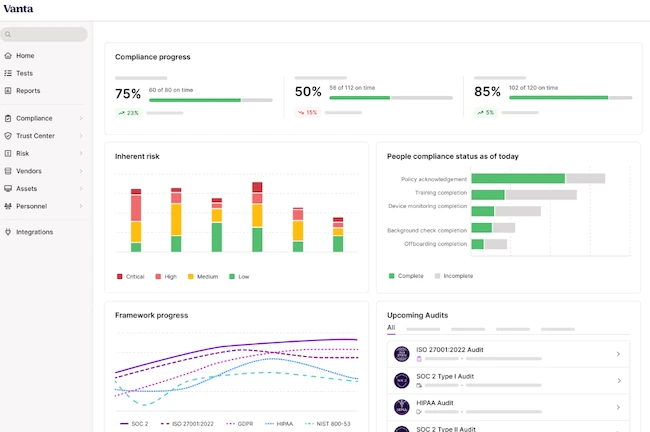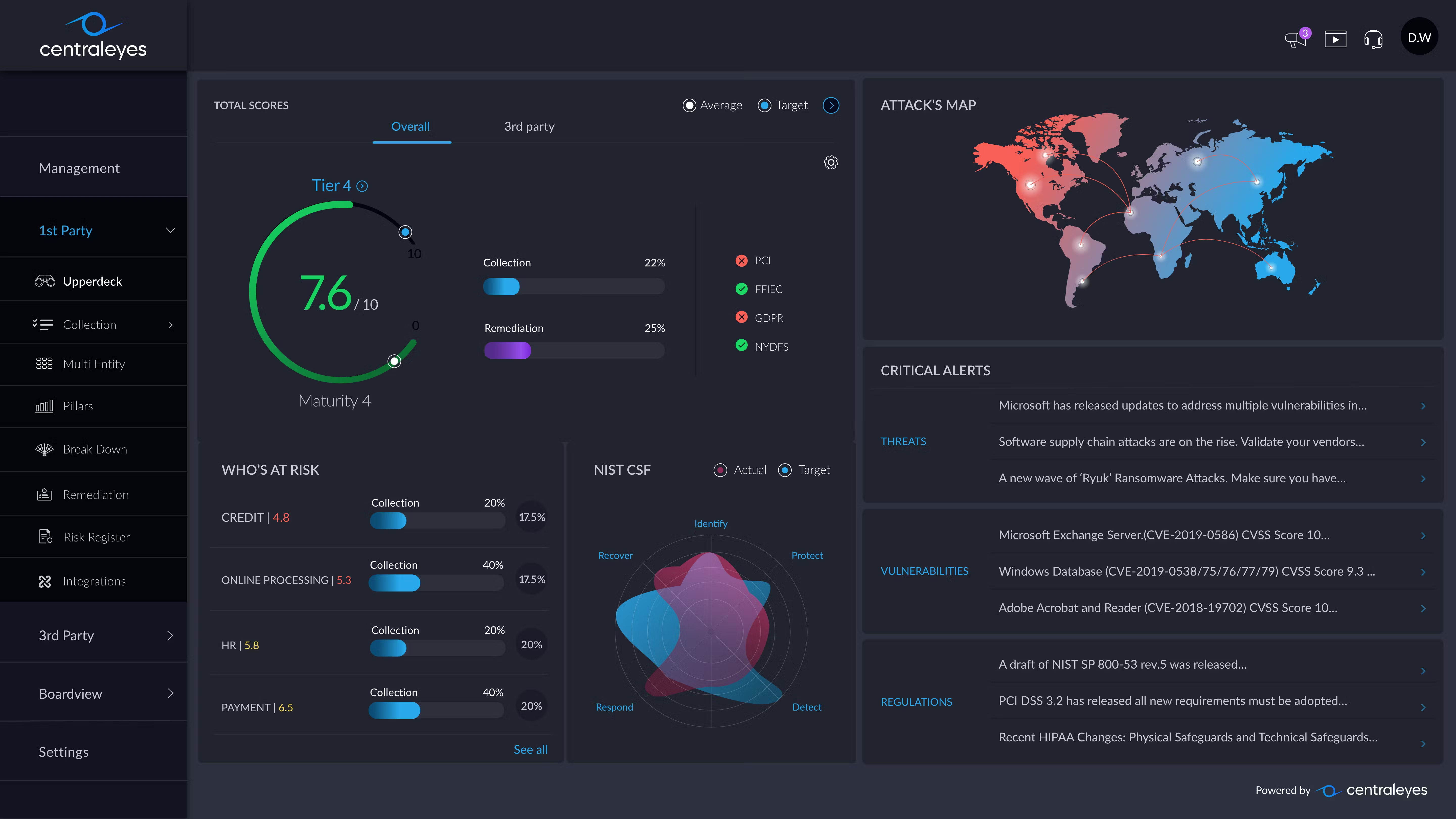Keeping up with rules and laws for AI can feel like trying to catch a fast-moving train. Businesses, marketers, and developers often struggle to stay compliant without slowing down their work. That’s where an AI compliance tools guide comes in! These tools help you follow laws, avoid fines, and keep your customers’ trust, all while making your job easier. In this article, we’ll explore what AI compliance tools are, their benefits, and how to use them effectively in 2025. Whether you’re a marketer, content creator, developer, student, or business owner, this guide will show you how to stay safe and smart with AI.
Struggling to Follow AI Rules Without Losing Time?
Staying legal without wasting hours on paperwork or risking huge fines. For example, companies can get fined millions for not following rules like the EU AI Act, which sets strict standards for AI use. Marketers might worry about customer data privacy, while developers need to make sure their AI doesn’t accidentally break laws. This is where AI compliance tools shine—they automate tricky tasks, catch problems early, and keep your work ethical and legal.
What Are AI Compliance Tools?
Think of AI compliance tools like a super-smart assistant who knows all the rules. These tools use AI to check if your systems follow laws, spot risks like biased data, and create reports to prove you’re doing things right. They help businesses stay safe in areas like data privacy, fairness, and security. For example, a tool might scan your AI chatbot to make sure it doesn’t share private customer info or act unfairly.
“AI compliance is about ensuring your systems are ethical, secure, and aligned with laws.” – Chiara Colombi, Director of Product Marketing at Tonic.ai
Key Benefits of Using AI Compliance Tools Guide
Using AI compliance tools can make your work faster, safer, and more trustworthy. Here’s how they help:
Save Time with Automated Compliance Software

Instead of spending hours checking if your AI follows rules, tools like Vanta or Sprinto do it for you. They scan your systems, flag issues, and create reports in minutes. For example, Drata can cut down compliance tasks by 40%, letting you focus on creating great products or campaigns.
Avoid Costly Fines and Build Trust
Failing to follow AI laws can lead to big fines—like the $33 million penalty Clearview AI faced for breaking privacy rules. AI-powered compliance strategies help you avoid these risks by catching problems early. Plus, showing customers you care about ethics builds their trust, which is huge for marketers and business owners.
Make Fair and Safe Decisions

AI can sometimes make unfair choices, like favoring certain groups in hiring. Tools like Centraleyes check for bias and keep your AI fair. This is super important for developers building AI for things like job applications or loans, where fairness matters most.
Top 5 AI Compliance Tools Guide for Staying Legal in 2025
Here’s a comparison of the best AI compliance tools to help you choose the right one. Each solves specific pain points, like saving time or avoiding legal trouble.
| Tool Name | Key Feature | Best For | Price/ROI | Cons/Issues |
|---|---|---|---|---|
| Vanta | Automates compliance for SOC 2, GDPR, and more | Startups and small businesses | $5,000-$15,000/year; Saves 10 hours/week on audits | Limited advanced features for large enterprises |
| Sprinto | Real-time control monitoring | Businesses needing integrations | $3,000-$10,000/year; Reduces compliance costs by 30% | Can be complex to set up initially |
| Drata | Automates evidence collection | Mid-size to large companies | $7,000-$20,000/year; Cuts audit time by 40% | Higher cost for smaller teams |
| Centraleyes | AI-driven risk assessments | Enterprises in healthcare/finance | Custom pricing; Identifies risks 50% faster | Requires technical expertise |
| Tonic.ai | Data privacy and bias detection | Developers and data teams | $10,000+/year; Boosts trust with 80% better data security | Steep learning curve for beginners |
“Sprinto excels at automating compliance processes, making it easy to achieve certifications like SOC 2.” – G2 Review
How to Implement AI Compliance Tools Effectively: A Practical Guide
Ready to use AI compliance tools? Follow these three simple steps to get started and make sure your AI stays legal and ethical.
Step 1: Know Your Rules
First, figure out which laws apply to your AI. For example, if you’re in Europe, the EU AI Act requires extra checks for high-risk AI, like in healthcare. Tools like PwC’s AI Compliance Tool can guide you through these rules. Check your industry and location to understand your needs.
Step 2: Start Small with a Test Project
Pick one tool, like Vanta, and try it on a small project, like checking a chatbot for data privacy. This lets you learn without risking your whole system. For example, a marketer could use Sprinto to make sure a customer survey AI follows GDPR rules.
Step 3: Check Results and Keep Learning
After using the tool, look at the reports it creates. Did it catch any problems? For instance, Centraleyes might show if your AI is biased. Keep training your team on 2025 compliance trends to stay ahead. Regular checks keep your AI safe and legal.
“AI compliance tools help businesses address ethical concerns and avoid legal fallout.” – Tonic.ai Team
The Future of Regulatory Technology (RegTech): Trends to Watch in 2025
The world of regulatory technology (RegTech) is growing fast. In 2025, expect more tools to use AI for real-time monitoring, like spotting risks before they become problems. The EU AI Act will set a global standard, pushing companies to use advanced compliance platforms. Plus, tools like Drata and Tonic.ai will get better at catching biases and protecting data, especially in industries like finance and healthcare.
“Transparency and ethics are key to preventing misinformation in AI.” – President Pavel, Paris AI Action Summit
By adopting AI-powered compliance strategies, businesses can stay ahead of rules, avoid fines, and build trust. For example, Centraleyes helps companies in healthcare spot risks 50% faster, saving millions in potential penalties.
Why AI Compliance Tools Are a Game-Changer
AI compliance tools are like a safety net for your business. They save time, keep you legal, and make sure your AI is fair and safe. Whether you’re a marketer creating campaigns, a developer building AI apps, or a business owner protecting your brand, tools like Vanta, Sprinto, Drata, Centraleyes, and Tonic.ai solve real problems. Start small, learn the rules, and use these tools to stay ahead in 2025. By embracing advanced compliance platforms, you’re not just following laws—you’re building a stronger, more trusted business.
Frequently Asked Questions (FAQs)
Will AI Compliance Tools Replace My Job?
No way! AI compliance tools help you do your job better, not take it away. They handle boring tasks like checking data or making reports, so you can focus on big ideas. For example, a marketer can spend more time creating ads instead of worrying about privacy laws.
How Can Small Businesses Use AI Compliance Tools on a Budget?
Small businesses can start with affordable tools like Vanta or Sprinto, which cost less and integrate easily. Try a free trial to test them out. These tools save time and money by automating tasks, making compliance easy even for small teams.






